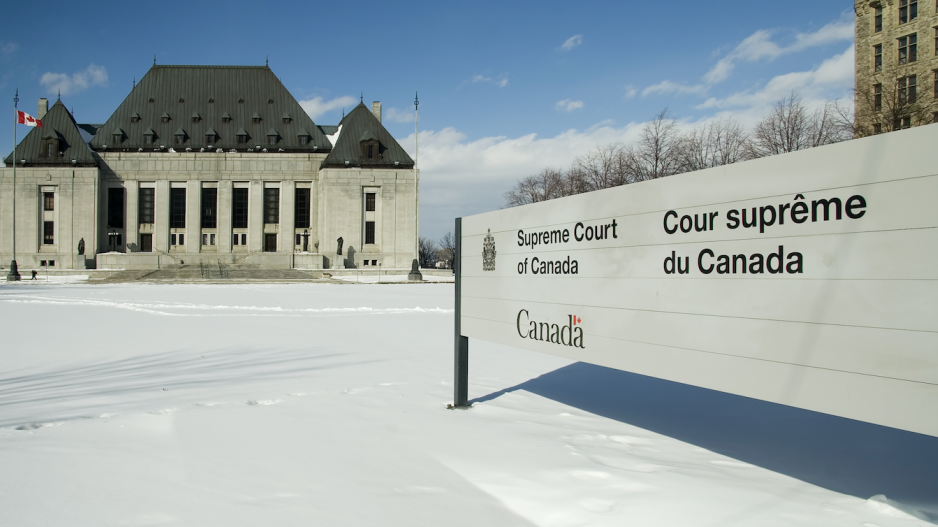Yesterday, the Appeal Court of Alberta ruled that the Trudeau government’s new Impact Assessment Act is unconstitutional, but does that mean there is now a regulatory vacuum for projects currently in the federal environmental review process while the case is kicked up to the Supreme Court?
No, says one of the lawyers representing the Canadian Energy Pipeline Association, one of the intervenors arguing on the Government of Alberta’s side.
But it does create some uncertainty that could lead some investors that are about to apply for an environmental review to push pause and wait to see what the Supreme Court of Canada says.
The previous Canadian Environmental Assessment Act was replaced three years ago by the new Impact Assessment Act (IAA).
Fearing the IAA, with its new emphasis on climate change and greenhouse gas emissions, may curb investment in its oil and gas sector, Alberta appealed the act, arguing it encroaches on provincial jurisdiction in a way that the CEAA didn’t.
Earlier this week, the Alberta Court of Appeal agreed: the act is over-reach on the federal government’s part.
The Canadian Constitution gives provinces exclusive jurisdiction over natural resource development. But the IAA includes assessing climate change impacts -- i.e. greenhouse gas emissions, which are not confined within provincial borders.
So should the act be used to reject a project based on its potential negative impacts on climate, that would mean the federal government would have a veto that intrudes on provincial jurisdiction.
“This reference is not about the legitimate concerns all governments and citizens have today about climate change nor how best to address them,” the court writes in its ruling. “Nor is it about the anxiety many rightly feel about this subject.
“Rather, the issue before this court is whether Parliament has overstepped the limits of its constitutional mandate under Canada’s Constitution.
“For reasons explained in this opinion, the act and regulations are unconstitutional.”
In its ruling, the Alberta Appeal Court raised concerns that the federal government could use the act to play favourites with projects and provinces.
“Perhaps most troubling, this legislative scheme allows the federal government to pick winners and losers, not just in terms of individual intra-provincial designated projects, and individual categories thereof, but also in terms of individual provinces,” the court writes.
A number of projects in B.C. are in the environmental review process under the old Environmental Assessment Act. But some are moving forward under the new Impact Assessment Act – the phase two expansion of FortisBC’s Tilbury LNG plant, for example.
Brett Carlson, a lawyer at BLG Calgary, which represented the Canadian Energy Pipeline Association as an intervenor, said nothing changes for projects currently in the IAA review process. It has not been rendered null and void.
“It’s important to remember that this is a reference case,” Carlson told BIV News. “It is really an advisory, non-binding opinion.”
The Trudeau government has said it will appeal yesterday's decision to the Supreme Court of Canada. But it could take a year or two for the Supreme Court court to make a final ruling.
“From a strictly legal perspective, there are no legal impacts,” Carlson said. “There might be practical impacts.
“When you’re an industry participant and you’re looking at this, you might think to yourself: ‘Ok the act is still in force, but what is the Supreme Court going to do?'
“For projects that are currently in the queue, or for investors who are looking at submitting new projects, it’s hard to say how that will play out, but some may take a wait and see approach. They might want to wait the one or two years to see where the Supreme Court’s going to land on it before they make significant capital investments.”




